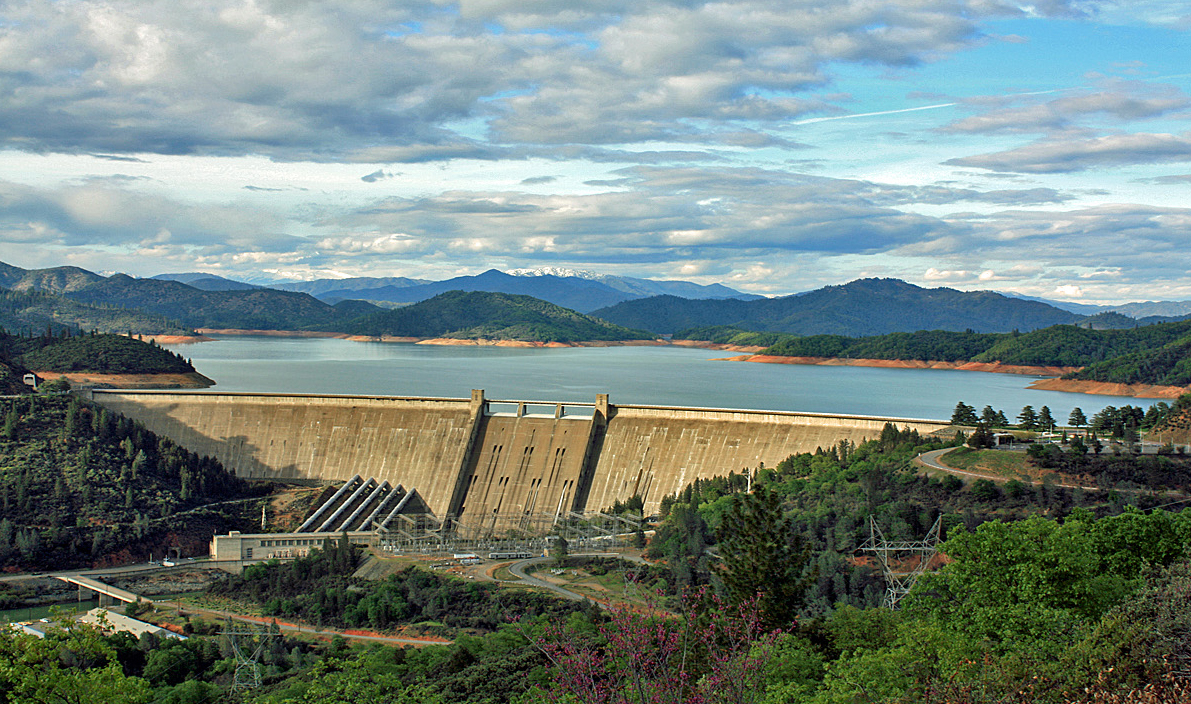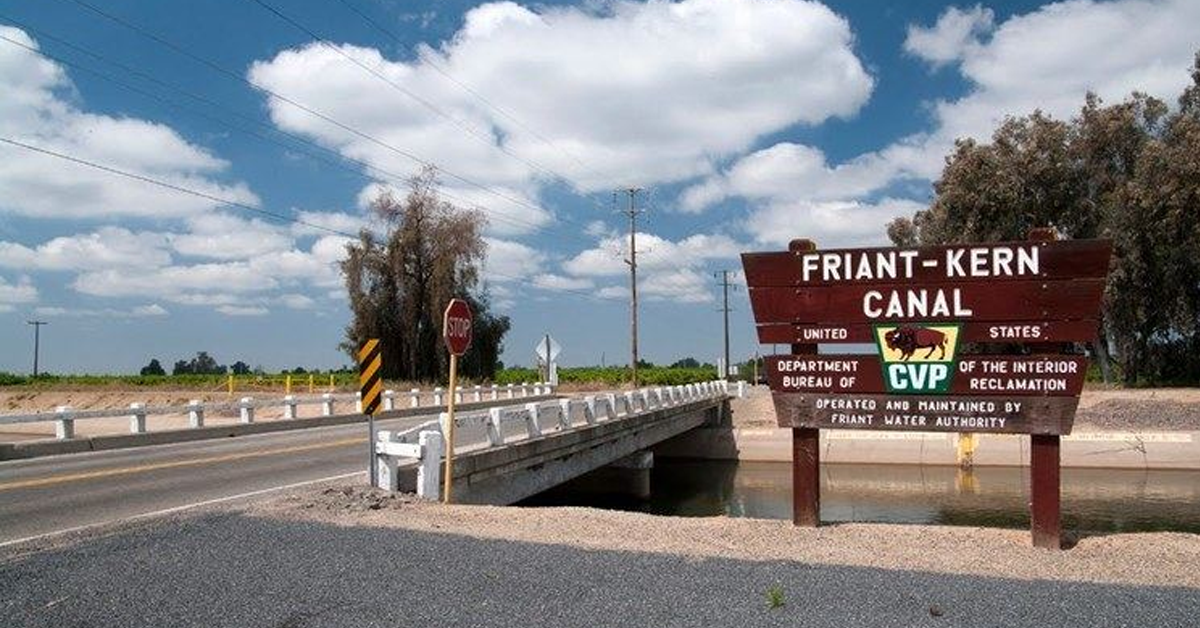While heavy storms have battered California, several of California’s reservoirs still remain below their historical average of water stored.
The Golden State’s largest reservoirs are also all far off from being filled to capacity.
The big picture: Lake Shasta, California’s largest reservoir, is only at 51 percent capacity, per the latest data updated Sunday. With 2.3 million acre-feet of water currently stored, the reservoir is currently at 82 percent of its historical average.
- On the other hand, Oroville, at 51 percent of total capacity, is currently at 101 percent of its historical average.
- Millerton Lake and Pine Flat Reservoir are both well above their historical averages at the moment, and Lake Don Pedro is filled slightly above its historical average.
- Trinity Lake, San Luis Reservoir, and New Melones Lake are all below 50 percent of total capacity and range from 48 percent to 65 percent of their historical averages.
What we’re watching: Despite the first flush of the year in California resulting in as much as 95 percent of incoming Delta water being sent to the Pacific Ocean last week, California’s reservoirs have been filling up since the beginning of the year, even if they are still a ways off from their historical average.
- As California continues to receive heavy rainfall, it begs the question: Will the reservoirs continue to fill up, or will the state forgo storage and flush the water into the San Francisco Bay?











